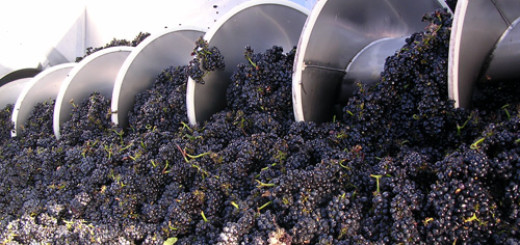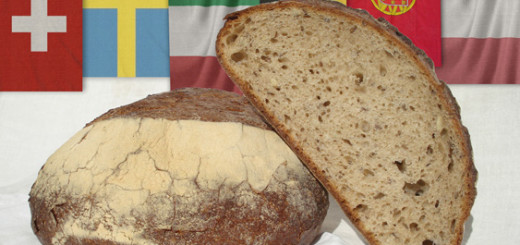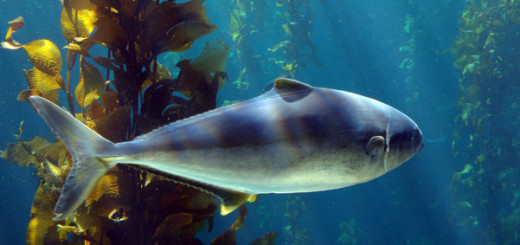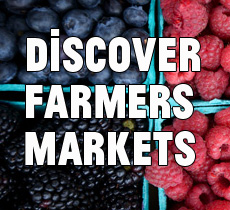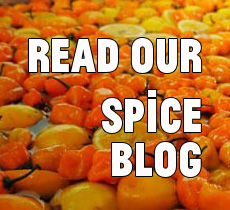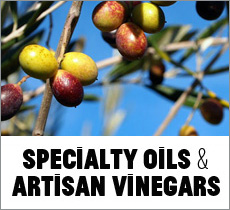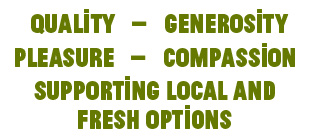Giving Grapes: Humanitas
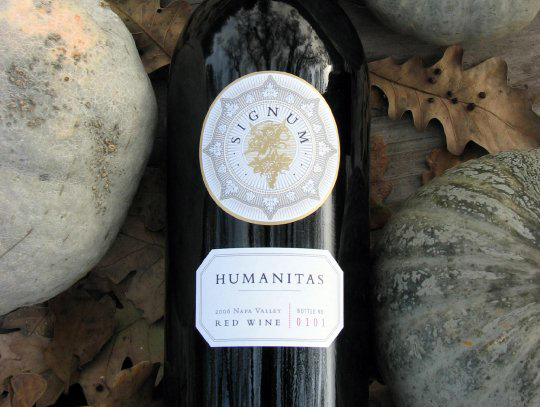
Humanitas harvest
“I just wanted to do something good,” says Judd Wallenbrock, proprietor of Humanitas wines. “It’s that simple.” After discovering that he was not well suited to the soup-kitchen variety of volunteering, Wallenbrock began to develop his pure model of philanthropic winemaking. Following Paul Newman’s model, he researched cause marketing and cause capitalism but, instead of salad dressing, he wanted to produce wine. “Why not wine? Wine is a part of civilization. Why can’t it be channeled for the greater good?” he wondered.
Eventually, Wallenbrock discovered Yvon Chouinard’s Let My People Surf, which influenced his thinking about revenues vs. profits. While considering Patagonia’s 1% for the Planet model of giving a percentage of revenues to charity rather than profits, he concluded that it’s “time for businesses to think more like charities.” He observed that, ever since 9/11, there seemed to be a deeper giving current running through the country, including the wine industry. It seemed like the time was ripe for developing the concept of people (and wine) working together for the good all.
Wallenbrock wanted to really differentiate his winery from other wineries in the county of Sonoma which, as he puts it, is “polluted” by wine production operations. After securing grapes from a variety of quality vineyards in and around the Napa Valley, Humanitas develops and markets the wine. Without any tasting room or even physical location, in keeping with the goal of low overhead for the project, Humanitas wines donate 7% of their revenues, equivalent to 100% after-tax profits, to local charities.
Focused on the grassroots-levels of assistance such as hunger, housing, and education that operate on a fundamental, foundational level in a community and function to offset problems down the line, Humanitas hand picks the charities that receive funding. Humanitas gives to charities local to where the consumer buys the wine. They function on a very regionalized model: the more a community buys Humanitas wine, the more community services that region will receive in funding from Humanitas. The charities that receive funding from Humanitas sometimes become the sales force for these wines. One manager of a Colorado Habitat for Humanity office asked Wallenbrock at one point early in their philanthropic relationship, “So, are you telling me that the more wine you sell, the more money we make?” Yes.

Judd Wallenbrock
“My art is the concept of philanthropic winemaking,” declares Wallenbrock. This form of charitable giving or, in this case, charitable drinking, seems to really appeal to consumers, restaurant owners, and even very busy wine distributors. “Distributors approach Humanitas to carry these wines, which is almost unheard of in a market saturated with so very many labels” observes Wallenbrock. Humanitas produced 2500 cases in 2008.
Although one may be drawn to the charitable angle of these wines, at the end of the day, the wine needs to deliver. Humanitas enjoys a strong reorder relationship with its customers: people like the wine on many levels. “I know every one of my customers,” says Wallenbrock. Because wine is a very personal concept, product, and experience, he works to incorporate the personal touch with the direct relationships he has with everyone associated with Humanitas. He takes a great deal of pleasure in working with the customers who buy his wines as well as those organizations and individuals who receive the benefit from the Humanitas revenues.
The wine industry is a very giving industry. Wallenbrock invites others to join in this type of effort to use the powerful experience of wine to do good in a powerful, influential way. He hopes to someday find a financial partner so he can spend all his time promoting Humanitas wine and doing what he can to inspire others to work and enjoy wine together for the good of all.
This article first appeared on colorandaroma.com
Signum photo: Humanitas Wines
